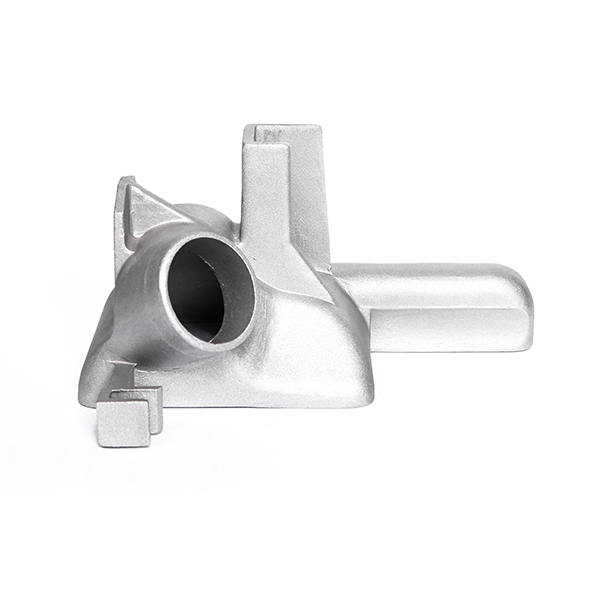Mobile:+86-311-808-126-83
Email:info@ydcastings.com
Understanding the Role of Casing Design and Impeller Performance in Pump Efficiency
The Importance of Casing and Impeller Design in Pump Efficiency
In the world of fluid dynamics, the design of components such as casings and impellers plays a crucial role in determining the efficiency and effectiveness of pumps. Whether in industrial applications or residential systems, understanding the relationship between casing and impeller dynamics is essential for optimizing pump performance.
The casing, or the outer structure of the pump, serves multiple functions. It houses the impeller, directs the flow of fluids, and ensures that the mechanical components are protected from environmental factors. Designed to minimize turbulence and pressure losses, the casing's shape and materials can significantly impact the pump's overall efficiency. For example, a well-designed casing can help in maintaining a stable flow rate, reduce the risk of cavitation—a phenomenon where the formation of vapor bubbles leads to severe damage—and optimize energy consumption.
The Importance of Casing and Impeller Design in Pump Efficiency
One critical metric to consider when evaluating the interaction between a casing and an impeller is the pump's overall hydraulic efficiency. This efficiency is often affected by various factors, including the impeller diameter, the rotational speed, and the casing design. Proper alignment and close tolerances between the impeller and the casing can minimize energy losses while maximizing fluid flow. Engineers often employ computational fluid dynamics (CFD) simulations to visualize and optimize these interactions before finalizing their designs.
casing impeller

Casing and impeller designs aren't one-size-fits-all; they must be tailored to the specific requirements of the application. For instance, wastewater pumps might use impellers designed to handle solids, while centrifugal pumps for clean water may feature designs focused on maximizing flow efficiency. Each application may require a unique combination of material selection, geometric configurations, and surface treatments to ensure optimal performance.
Moreover, advancements in technology are paving the way for innovative designs. New materials, such as thermoplastics and composites, are being used to create casings and impellers that can withstand extreme conditions while reducing weight. Additionally, modern manufacturing techniques, including additive manufacturing, allow for complex geometries that were once impossible to achieve, enabling further advancements in efficiency.
The importance of regular maintenance cannot be overstated. Over time, wear and tear can lead to alterations in both the casing and impeller profiles, negatively impacting performance. Routine inspections can help in identifying issues, ensuring that the pump operates at peak efficiency throughout its lifecycle.
In conclusion, understanding the critical relationship between casing and impeller designs in pumps is vital for achieving optimal efficiency and performance. As technology continues to evolve, engineers must remain attentive to the latest advancements, ensuring that both components work harmoniously together. Through innovative design and diligent maintenance, the effectiveness of a pump can be maximized, fulfilling its purpose in various applications while reducing energy consumption and operational costs.
-
Why Should You Invest in Superior Pump Castings for Your Equipment?NewsJun.09,2025
-
Unlock Performance Potential with Stainless Impellers and Aluminum End CapsNewsJun.09,2025
-
Revolutionize Your Machinery with Superior Cast Iron and Aluminum ComponentsNewsJun.09,2025
-
Revolutionize Fluid Dynamics with Premium Pump ComponentsNewsJun.09,2025
-
Optimizing Industrial Systems with Essential Valve ComponentsNewsJun.09,2025
-
Elevate Grid Efficiency with High-Precision Power CastingsNewsJun.09,2025











